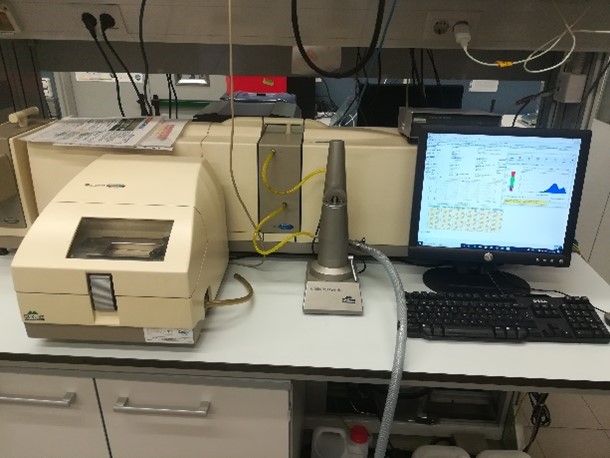U6-S11. Specific density of powders (On-site&Remote) OUTSTANDING
Specific density of powders
Volume and density measurement of porous solids and powders.
Fully automated gas pycnometer, for the measurement of volume and density of powders, granular materials, and solid objects. Typical applications include: porous materials such as catalysts and activated carbons, pharmaceuticals and excipients , foods (raw, refined and end products), ceramics and refractory materials, geological samples (soils, rocks, sediments), building materials (concrete, cement), polymers and composites.
The equipment for this purpose is Ultrapyc 1200e Helium Pycnometer (Quantachrome Instruments).
Customer benefits
The equipment provides density measurements of solids and powders for customers who need to characterise this property and add value to their materials.
Target customer
Universities, public research organisations and pharmacological and chemical industries.
Additional information











